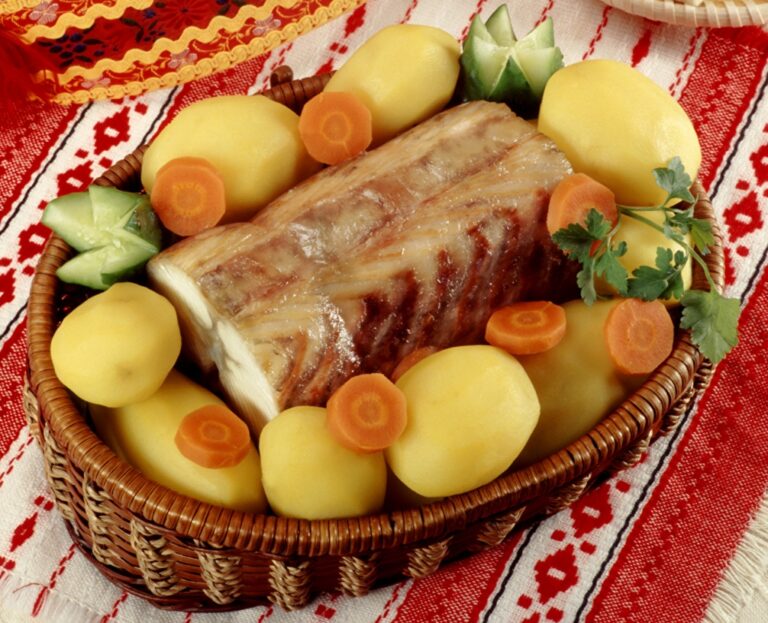Introduction to Belarusian Spice Blends
Belarusian cuisine is a reflection of the country’s rich history and culture. It is characterized by its hearty and flavorful dishes that are often made with a range of herbs and spices. These spices are used to enhance the taste and aroma of the food, making Belarusian cuisine a treat for the senses. In this article, we will explore the history and flavors of traditional Belarusian spice blends that are used in cooking.
History of Traditional Belarusian Spices
Belarusian cuisine has been influenced by various cultures and civilizations over the centuries. The country’s location at the crossroads of Eastern Europe has made it a melting pot of different culinary traditions. Belarusian spices have been used in cooking since ancient times, and many of these spices have been passed down from generation to generation. Some of the most popular Belarusian spices include dill, caraway, parsley, bay leaf, and thyme. These spices are used to flavor soups, stews, and other dishes that are staples in Belarusian cuisine.
Top 5 Belarusian Spice Blends
Belarusian cuisine is known for its hearty and flavorful dishes, and the use of spice blends is an essential part of this culinary tradition. Here are some of the top Belarusian spice blends that are used in cooking:
- Kuchynskiya Przypravy – the ultimate Belarusian spice mix
- Machanka – a savory spice blend used for pork dishes
- Zazharka – a spice blend used for vegetable stews and soups
- Krambabulya – a spice blend used for sausages and meatballs
- Karavay – a sweet spice blend used for bread and pastry dishes
Kuchynskiya Przypravy: The Ultimate Belarusian Spice Mix
Kuchynskiya Przypravy is the ultimate Belarusian spice mix, and it is used in a wide range of dishes. It is a complex spice blend that includes a combination of caraway, coriander, nutmeg, cloves, and other spices. Kuchynskiya Przypravy is used to flavor soups, stews, and meat dishes, and it is an essential ingredient in many traditional Belarusian recipes.
Easy Tips for Making Belarusian Spice Blends at Home
Making your own Belarusian spice blends at home is easy, and it is a great way to add flavor and depth to your cooking. Here are some easy tips for making Belarusian spice blends at home:
- Start with high-quality fresh spices
- Experiment with different spice combinations
- Grind your spices using a mortar and pestle or a spice grinder
- Store your spice blends in airtight containers to preserve their freshness
How to Use Belarusian Spices in Your Cooking
Belarusian spices are used in a wide range of dishes, and they can add flavor and depth to your cooking. Here are some tips on how to use Belarusian spices in your cooking:
- Use caraway and coriander to flavor soups and stews
- Use thyme and bay leaf to flavor meat dishes
- Use dill to flavor fish dishes
- Use nutmeg and cloves to flavor sweet dishes
Health Benefits of Traditional Belarusian Spice Blends
Many traditional Belarusian spices have health benefits that make them a great addition to your diet. For example, caraway is known for its digestive properties, while thyme is a natural anti-inflammatory. Dill is also known for its antioxidant properties, while bay leaf is a natural antiseptic.
Conclusion: Exploring the Richness of Belarusian Culinary Heritage
Belarusian cuisine is a reflection of the country’s rich history and culture, and the use of spices is an essential part of this culinary tradition. From the ultimate spice mix Kuchynskiya Przypravy to the savory Machanka and sweet Karavay, Belarusian spice blends are a treat for the senses. By exploring the richness of Belarusian culinary heritage, you can discover new flavors and add depth to your cooking.





![Can you recommend some Belgian restaurants in [city]?](https://foodnerdy.com/blog/wp-content/uploads/2023/05/ccb1a18a5787e8f591173cae7fcdd558.jpg)




![Can you recommend some Belizean restaurants in [city]?](https://foodnerdy.com/blog/wp-content/uploads/2023/05/riceandbeansofbelize.jpg)